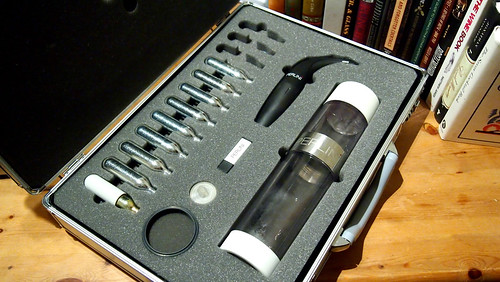One day in June
I've made this point before, but if January 25th can be designated No Name Calling Day and the last Wednesday in April marks Administrative Professionals' Day, then it is only right and proper that the second Saturday of June be set aside for World Gin Day. Instituted by Neil Houston (a.k.a. @yetanothergin) in 2009, today is an opportunity to celebrate a spirit that has had its ups and downs. While the popularity of gin today isn't at the level of the early-to-mid 19th Century - when its widespread availability led to what is now known as the Gin Craze and represents one of those rare occasions where the word 'craze' is a massive understatement - it has never been easier to find as wide a selection of really high quality products. Distillers across the world are finding new botanicals and techniques to bring to bear on production and bartenders and drinks enthusiasts are constantly breaking new ground in finding new ways to taste and explore those differing expressions.
My own contribution to this year's festivities works best, I think, with a juniper-forward, citrus heavy gin like Bombay Dry or Sipsmith, but your mileage, as ever, may vary. I also wanted to include a touch of Kamm & Sons Ginseng Spirit because I know the production and flavour of gin was a definite influence on how that particular spirit was conceived.
Chauffeur-driven Dream
45ml gin
15ml Kamm & Sons Ginseng Spirit
10ml orgeat
15ml lemon juice
2 dashes Regan's Orange Bitters
Shake all ingredients with ice and fine-strain into a chilled 7-8oz cocktail glass. Garnish with a twist of grapefruit zest.
***
Though it may represent the opportunity to do so, days like World Gin Day aren't about drinking until you fall over. It's more about finding a fresh approach something that you might find very familiar so if you do one thing today, leave off the tonic water and try something new.



